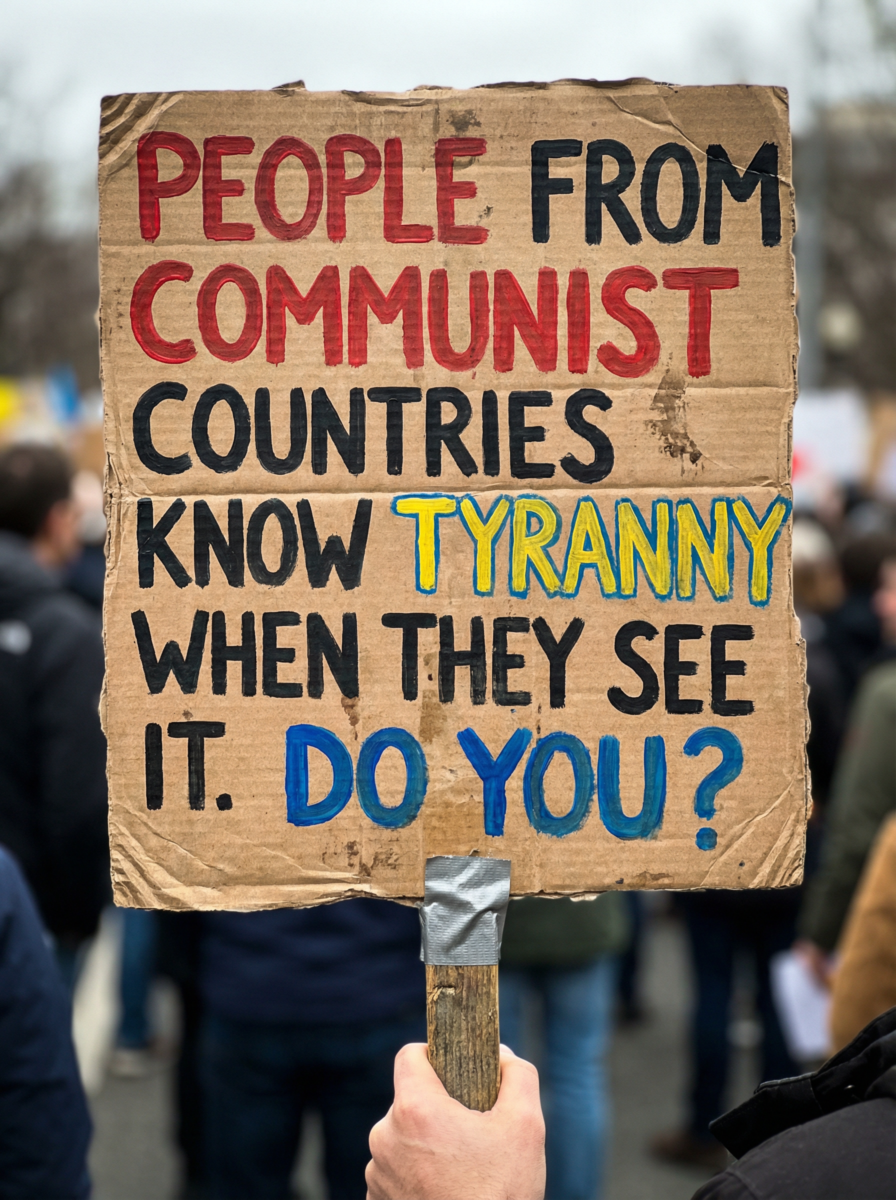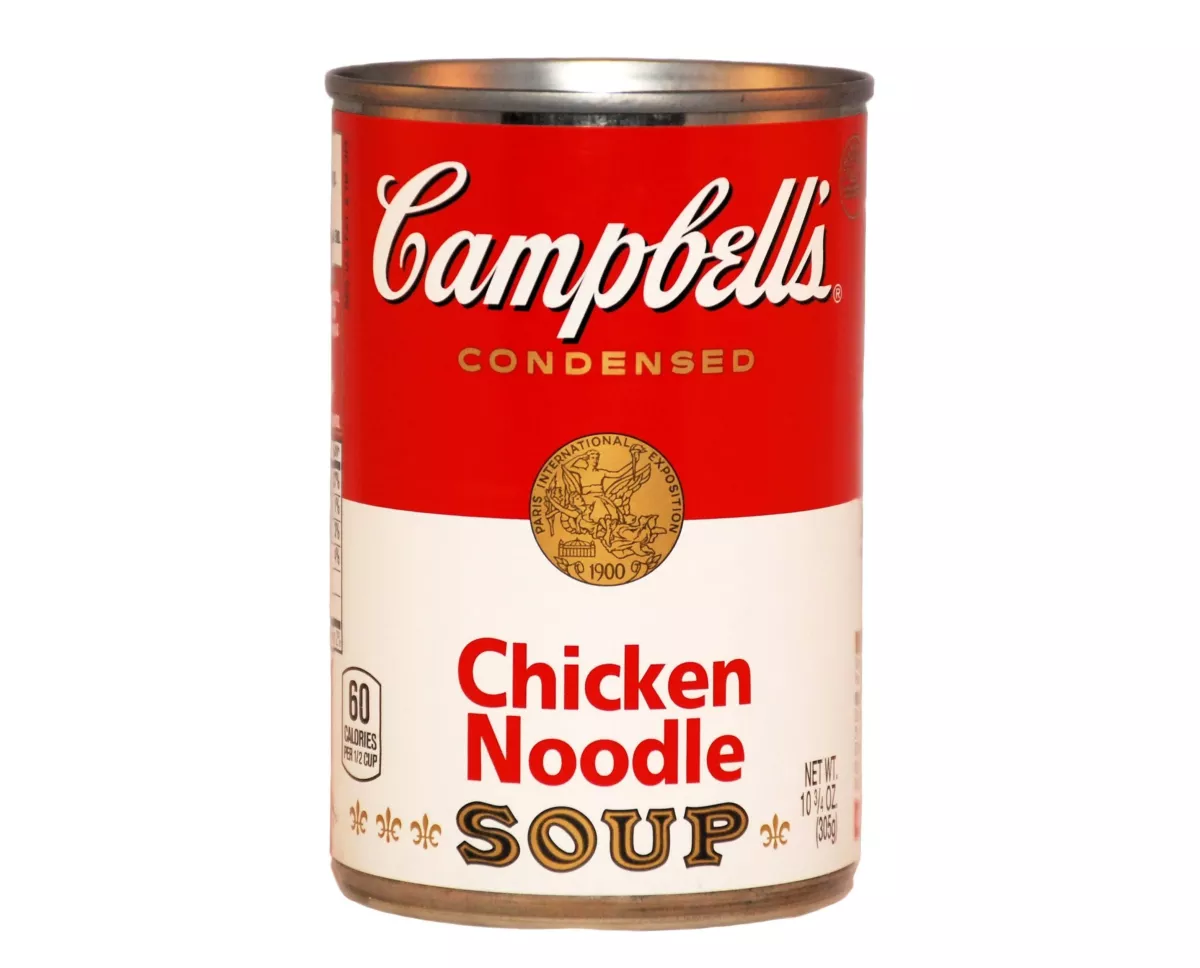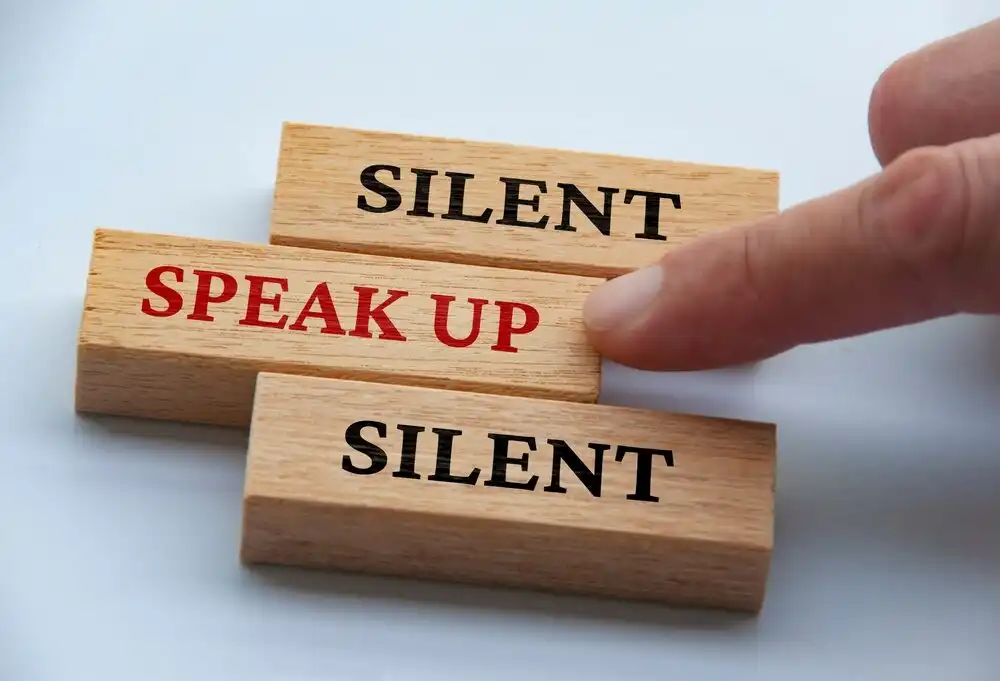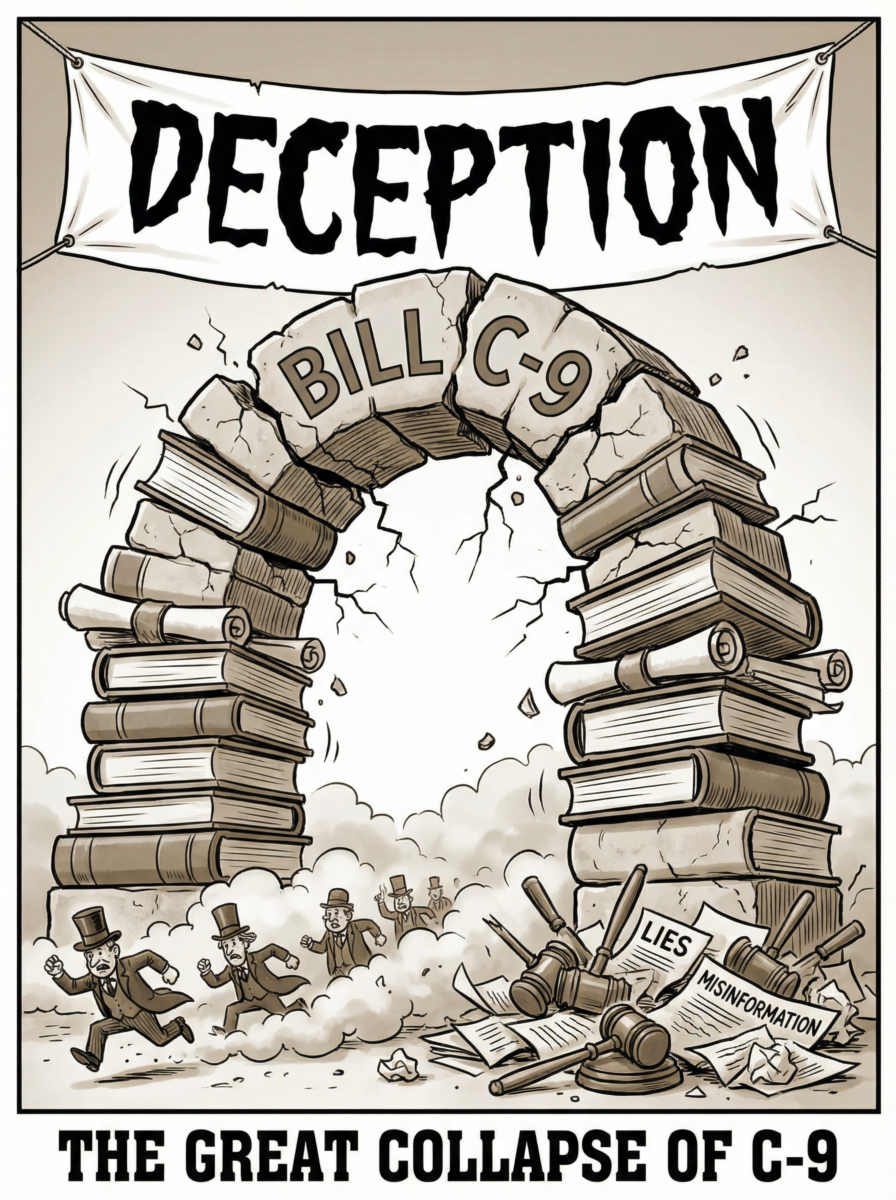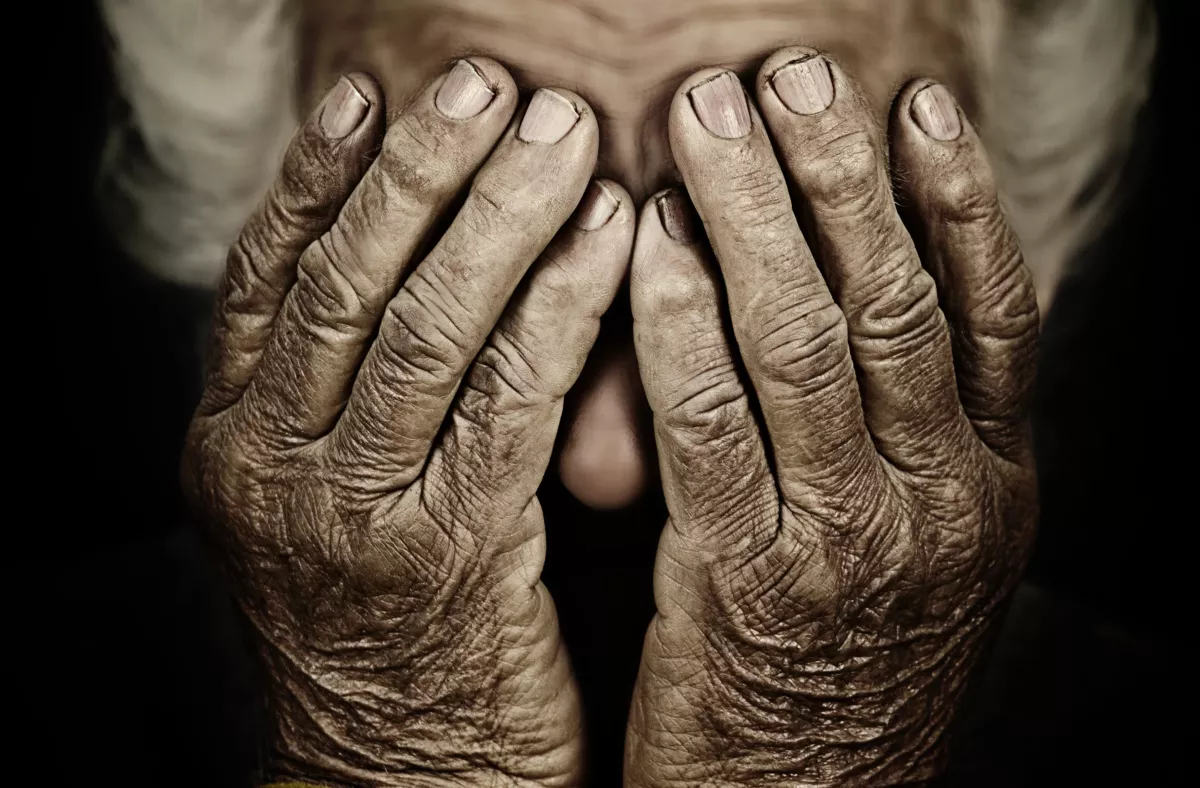Tulips4Freedom – An Individual Commitment to our Rights and Freedoms That Unites Us
By Sophie Siebert
In the dark days at the end of 2021, a not small group of us—isolated and morose during the week, often no longer beloved of friends and family—met every Saturday in front of the Parliament Buildings in Victoria. We protested, commiserated, shared horror stories, stories of hope, and information from formerly universally respected experts, now only available through independent media. During our weekly camaraderie that relieved loneliness and anger, we sensed that our numbers in society were greater than was acknowledged by government and the media, but had no proof.
I hatched a plan for mutual recognition among those of us objecting to our loss of rights and freedoms—a simple symbol of self-identification worn daily as a statement of conscience and refusal to be shamed by which we could recognize others of similar mind. Nothing original; probably used for thousands of years. Remember the White Rose from World War II? When I proposed the idea to a kindred Saturday soul, Leslie-Anne Goodall, she enthusiastically agreed. We immediately decided upon the tulip—red, strong, simple, a spring flower symbolizing regeneration.
Within 24 hours, we had chosen the tulip art (a three-pronged tulip that could refer to our three Canadian oceans or even our Maple Leaf flag), designed the button, and ordered (hope over expectation) 1,200 buttons in anticipation of an upcoming World Wide Rally where we would distribute them free or by gift. We wrote a Living Mission Statement, briefly stating the commitment of tulip wearers, based on the tenets of the Canadian Charter of Rights and Freedoms, The US Bill of Rights, the Nuremberg Code, and the UN Universal Declaration of Human Rights, always handed out with the buttons. We, “The Tulip Ladies,” were flabbergasted by the warm response. We ordered 4,500 more, then 2,500, then 3,750, for a series of rallies over the next three months, all well-attended but severely underestimated and underreported by our media.
Don’t lose touch with uncensored news! Join our mailing list today.
We then realized that the tulip button was not simply a vehicle for mutual recognition, but that mutual recognition creates confidence and growth. Visibility is power, something the mass media and their masters, of course, know. And we have grown. We now have a website, artistically designed by the late Michael Hockney, Tulips4Freedom.org, from which tulips can be ordered. We have distributed about 30,000 buttons at rallies, events, and through the mail. And though we don’t have the financial resources for much travel, friends in the trucker convoy community have distributed buttons throughout the country. While our basic symbol remains the plain tulip, we have added relevant messages. In the absence of mention of critical issues by mainstream media, we tulip wearers become silent town criers, wearing headlines on our shoulders, our hats, our backpacks.
There are challenges. For a time, there was a lull: people put their buttons in the drawer, a nostalgic reminder of the solidarity of a rally. The admirable people who have joined activist organizations concentrate on the work of their groups and sometimes don’t remember the value of tulip visibility. But the tulips are a declaration of commitment, not a club; they are over-arching, they don’t compete. Our movement’s “celebrities,” who can help spread the word, agree that the tulip can be powerful but, with few exceptions, don’t wear it.
With the ever-worsening encroachments on our liberties, though, more and more people (a majority?) see the dangers and are awakening to truths unscrupulously withheld from them. A few of us protest our media’s censorship and selective reporting every week on a high-traffic boulevard outside two major media outlets. The thumbs up, honks, and shouts of “Keep up the good work!” from drivers, have grown exponentially of late, with only a few middle-finger salutes. However, those indications of strong support are only visible to us. Most people are busy with their children, their jobs, their day-to-day commitments. That’s why even passive activism of wearing a tulip can be powerful and pivotal.
At the end of World War II, the royal family of the Netherlands gifted 100,000 tulip bulbs to Canada to acknowledge the refuge granted to its queen and her children and for liberating the Dutch citizens from the Nazi occupation. Using the tulip symbol as a vehicle to retain our liberties is a fitting irony.
There may be very dark days to come. When world-renowned scientists, doctors, journalists, and media personalities are maligned and “cancelled” by complicit media, science is unmoored from ethics, memory is said to have no value, and the documents that proclaim our freedoms are said to be “quaint,” it is up to us, the grass-roots citizenry, to carry the message of freedom. We can carry that message by wearing a tulip button wherever we go. As our numbers grow, we cannot be ignored.
From the Living Mission Statement:
“When we wear a tulip—we express our commitment to freedom of speech, freedom of choice, freedom of movement, right to privacy, freedom of the press, right of assembly, freedom from arbitrary restrictions and punishments, freedom from coerced medical interventions, right to information and open debate without censorship.”
VISIBILITY IS POWER.
Explore More...





